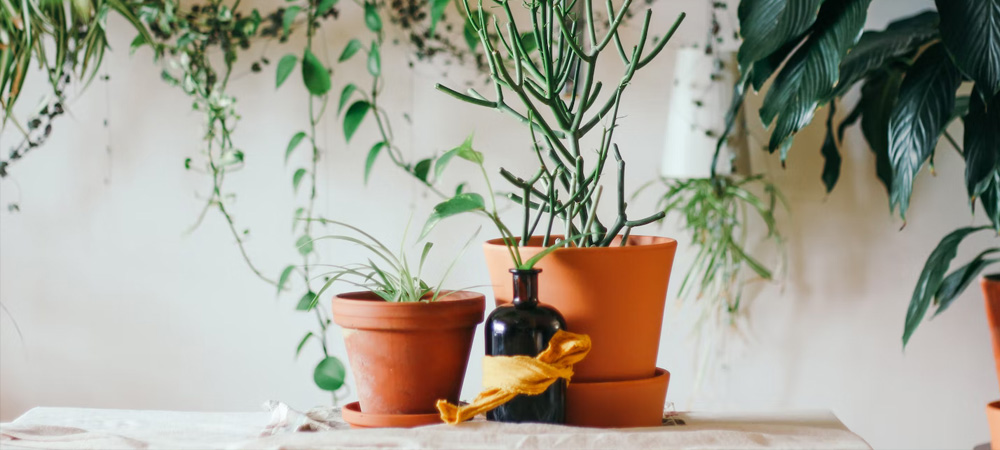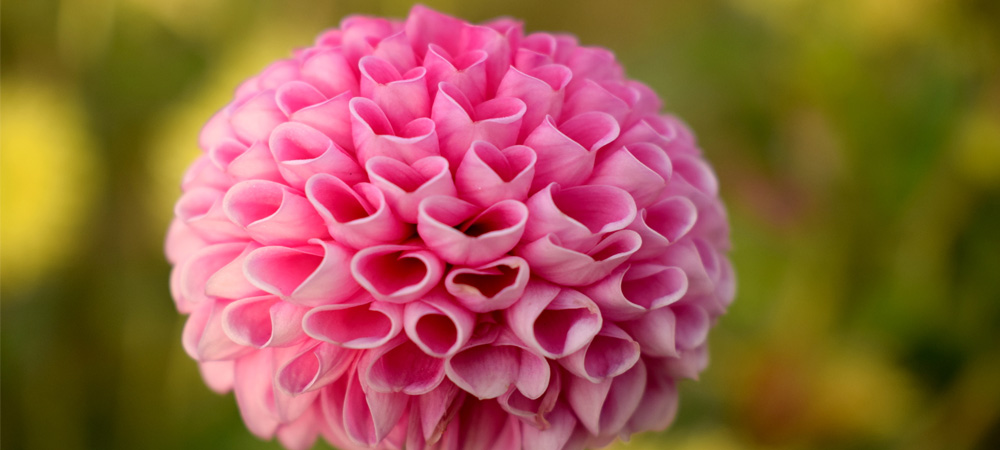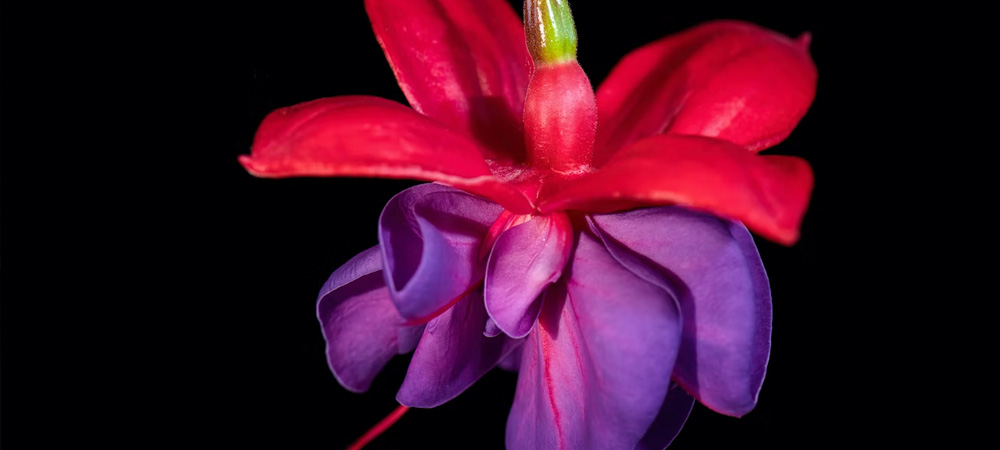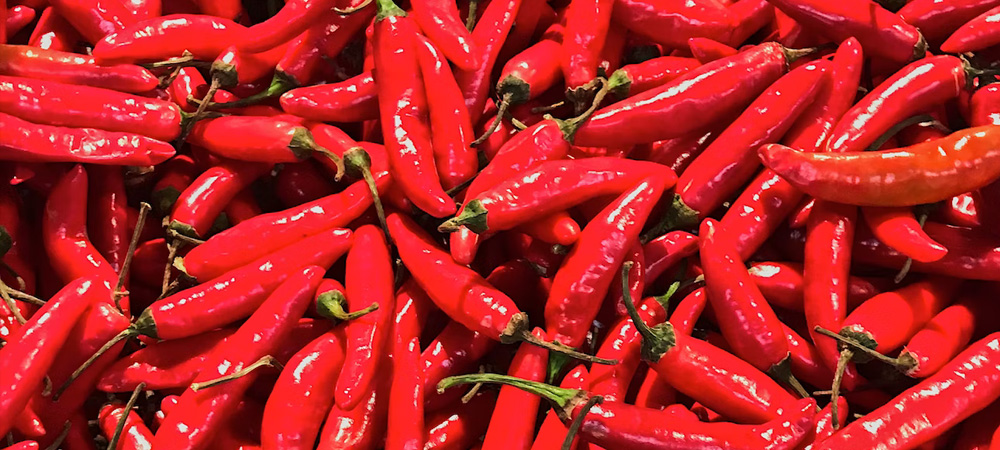When To Punch Out Plants & When To Avoid It

What is pinching out a plant?
You may have heard of "pinching out" concerning tomatoes and dahlias. Often practised by gardeners, this technique first requires some thought.
To pinch out is a way of pruning young plants. It boosts branching and encourages flowering or fruit growth, and thus, yield increases. Simply pinch away the top of the stem above the leaf nodes. As a result, the plant grows new branches and creates new stems.
Pinching will also prevent "leggy" plants. We encourage the lower branches to grow for a more robust central stem. Also, for plants cultivated for their leaves, for example, herbs, we can prevent premature seeding and promote lustrous foliage by frequent pinching.
How To Pinch Out Plants
- Take care not to damage leaf nodes below the point of the pinch. Fingertips are best, or fine point snips/secateurs.
- Don't pinch out prematurely. Instead, ensure sufficient growth, and the plant has enough strength to withstand pruning.
- Don't over a pinch. If you pinched out excessively, you would wait longer for flowers or fruits, but, on the other hand, too much pinching can mean very bushy growth that crowds flowers.
Tender, young growth is easily pinched using the fingertips; however, snips can be used if preferred. Whichever you choose, care must be taken not to damage the leaf nodes. Should this occur, the plant will have difficulty growing new branches. If you wish, this can be repeated with new branches but do not over-prune or pinch close to the leaf nodes to avoid disease.
Once you have achieved the desired shape, stop pinching and allow free flowering. Pinching delays flowering in favour of a plant that flowers and fruits entirely for longer all season.
Reserve pinching for young plants as the health of a mature plant can suffer if pinched. Different plants mean different decisions for pinching, so if unsure, check and verify. Stunted growth can be caused by premature pruning in some plants, and over removal of foliage may leave a young plant impoverished. Plants must retain enough foliage to photosynthesise and mature.
I pinched out my dahlias prematurely last year, and although bushier, stem growth was stunted, which caused flower crowding and pest infestation. In addition, some of the flowers didn't bloom, and the remedy was time-consuming. So, ensure pinching is not premature.
Popular Plant Varieties for Pinching Out
We employ pinching primarily for plant varieties of one stem. Commonly pinched gardeners' favourites include cordon tomatoes, dahlias and basil. See below some examples of plants that appreciate pinching.
Tomatoes

There are wide tomato varieties that benefit from pinching out. Cordon or vine tomatoes, for example, Gardeners Delight, Sun gold, Beefsteak and Sweet Million.
You should begin pinching out tomatoes when they have at least six sets of true leaves. The aim is to ensure side shoots are cut back rather than from the top so the stem continues growing for sufficient time. You can place canes to support vertical growth.
Side shoots with forty-five degrees angles between the main stem and the branches. Pinching out these forces the plant to place energy into vertical growth.
When maximum cordon tomato height is achieved, primary stem growth can be minimised by pinching off the top below the highest flowers. A maximum of seven trusses, many fruit flowers on stalks, are necessary to ensure optimal harvests.
It's crucial not to over-pinch on all plants, as explained. Only some varieties benefit, while others will suffer. For example, Bush tomatoes will produce less fruit if pinched out. So don't pinch out bush tomatoes.
Dahlias

Pinch out dahlias once the stem is about twelve inches in height and there are at least four sets of leaves. Pinching before this time results in a squatted, tight bush dahlia plant. Flowers will be crowded and restrict air circulation resulting in pest infestation and disease. In addition, beautiful flowers will be hidden from view.
The remaining pinching process is the same. Pinch out the top tips of the stem above a set of leaves. When flowers appear, cut and frequently deadhead to stimulate healthy growth and blooms.
Basil & Other Herbs

Basil will benefit from pinching as it usually grows from a centre stem. It can grow bushy and leafy with encouragement and provide abundant cooking ingredients.
Basil and other herbs should have stems cut to just above leaf nodes when harvesting. Resist the temptation to pull leaves off, which will drain the plant's resources. Stem cutting will also promote root growth.
Beginner gardeners will find herbs very suitable to learn how to pinch. Regular trimming is the way to encourage bushy growth and avoid leggy plants. In addition, trimmings can be used as an ingredient in cooking.
Plants that benefit from pinching
Flowers

The following flowers will benefit from pinching:
- Fuchsias
- Marigolds
- Coleus
- Sweet Peas – with four sets of leaves
- Antirrhinums
- Dahlias – stems about 1ft tall
- Petunias
- Impatiens
- Pelargoniums/Geraniums
- Snapdragons
- Salvia
Fruits & Vegetables

The following fruit and vegetables will benefit from pinching:
- Chillies and Peppers – These grow two stems but will appreciate pinching out. When 15-20 cm tall, pinch out tops. This will encourage improved cropping. In addition, pinching side shoots can promote smaller chillies.
- Indeterminate varieties of Cordon or Vine Tomatoes – with at least six sets of leaves.
Herbs
The following herbs will benefit from pinching:
- Thyme
- Sage
- Mint
- Basil
- Tarragon
- Oregano
When Not to Pinch Out a Plant
Pinching back isn't suitable for all plants. For some, it can be fatal if pinched excessively.
Naturally, bushy plants don't need pinching as this slows growth and can result in a smaller harvest. Tumbling tomatoes are a good example.
Pinching out is unsuitable for monocotyledons and could stop growth or kill them. This plant stores its energy differently, and pinching removes the growing part. Examples of monocots are grasses, alliums, and most bulbs that bloom, like daffodils and lilies. In an attempt to survive the pruning process, monocots grow a new stem as a replacement for the cut stem. There will only be one stem without bushy growth. Chives is a monocot allium that has to have the stem cut to harvest it. Then we wait for it to regrow. The only way to improve the harvest is to wait for offsets to grow from the bulb that will grow into individual plants. Of course, you can also plant more seeds.
If controlled growth reduction is desired, pinching can be used to achieve this. Young sunflowers can be pinched for shorter stems to cut; however, pinching is usually not recommended.
Classic plants to never pinch out are:
- Bushel Tomatoes
- Dill
- Sunflowers
- Campanula
- Delphinium
- Cockscomb
- Larkspur
Browse our related growing content here:
- Beginners Guide to Allotments
- Grow Bags
- Chillies
- Tomatoes
- How to Plant Tomatoes in an Unheated Greenhouse
- How to String Tomatoes in a Greenhouse
- Grapes
- Cucumbers
- Peppers
- Lettuce
- Strawberries
- Melons
- Poinsettias
- Garlic
- Orchids
- Lavender
- Kiwi Fruit
- How To Pot and Plant Dahlias
- What Vegetables to Grow in a Greenhouse
Conclusion
We hope you enjoyed our article on when to pinch out plants.
If you have any questions, leave them in the comments, or email info@swgreenhouses.co.uk.
 Author:
Author: